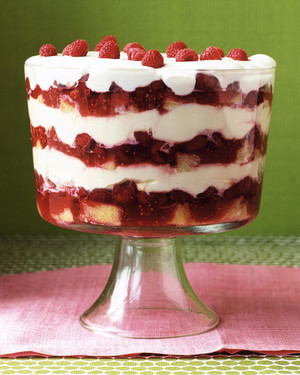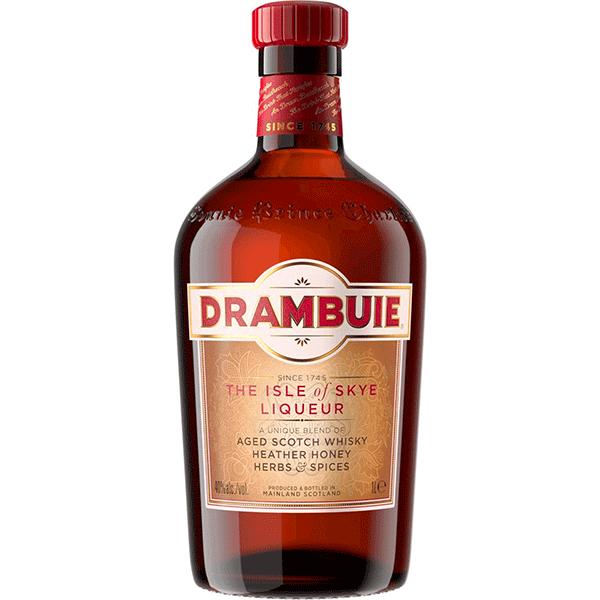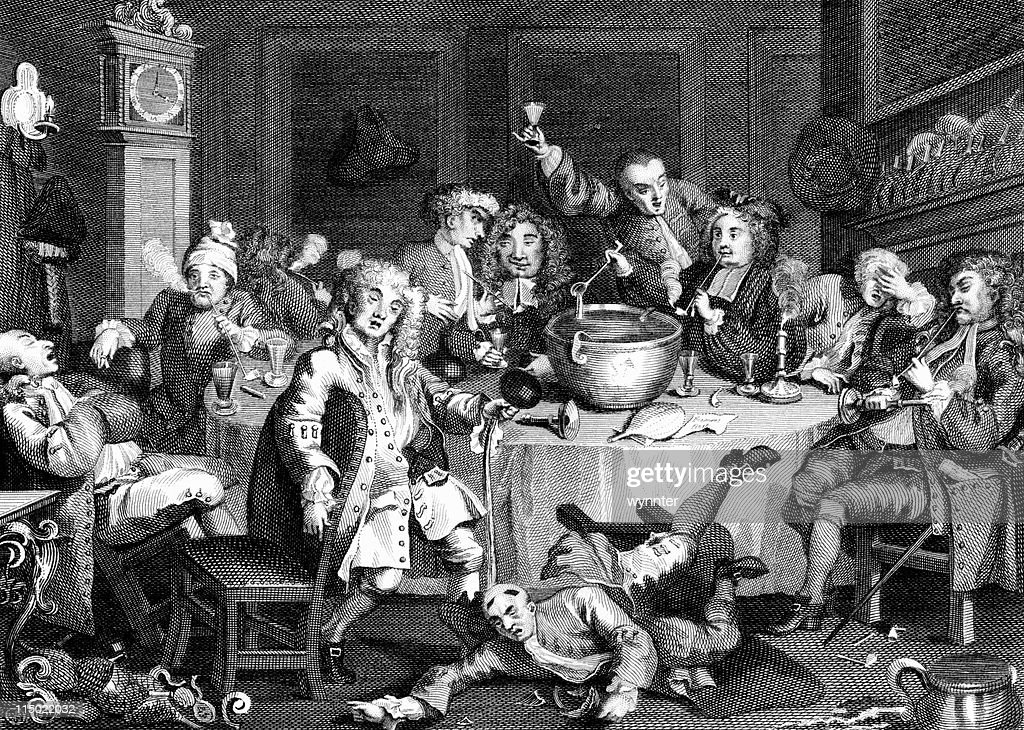
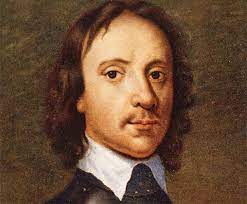
Christmas, in Scotland, like all of the United Kingdom, was banned during the reign of Oliver Cromwell, which ran from 1653 – 1658 (his death). Instead of Christmas observances involving church attendance followed by casual family & friend gatherings, Christmas was a very raucous time under the supportive English monarchs. After church, excessive drinking, immoral acts, vandalism & violence were how many people “celebrated” Christmas. So, when Oliver Cromwell became the “Lord Protector” of the Commonwealth of England, Scotland & Ireland, replacing the (executed) King Charles 1, lawmakers decided the best way to end the chaos was to just outlaw the entire holiday.
The ban was lifted in most of the U.K. in 1660 after Cromwell died & King Charles II restored the monarchy, but not in Scotland. Led by the Scottish Presbyterian Church, religious and secular observations were still not allowed until the 1950s!
Early Scottish Christmas Traditions Still Practiced Today

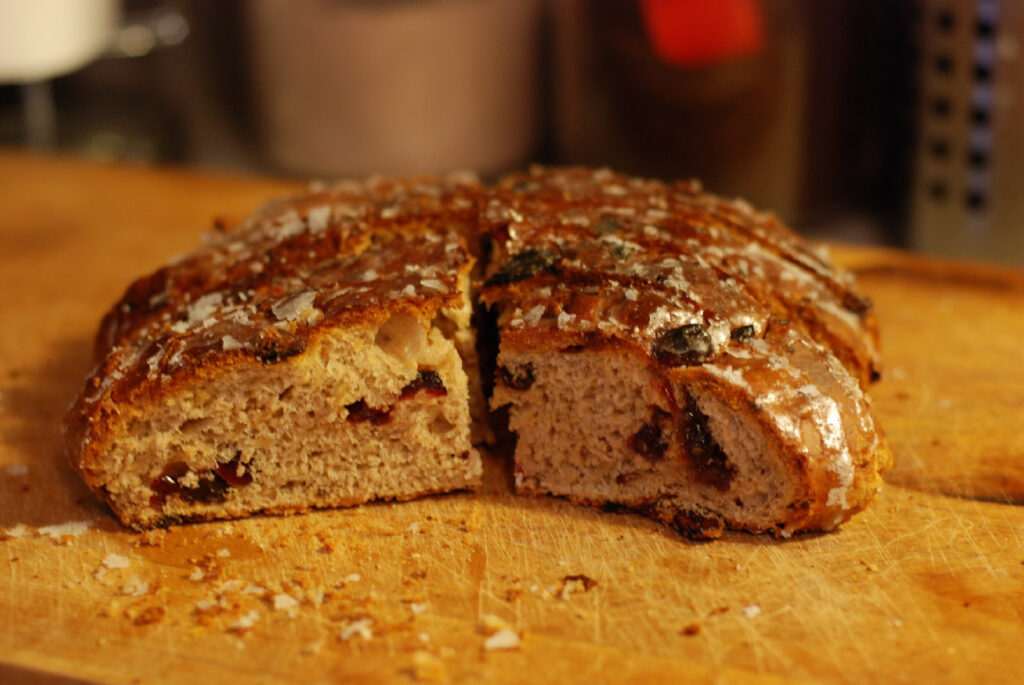
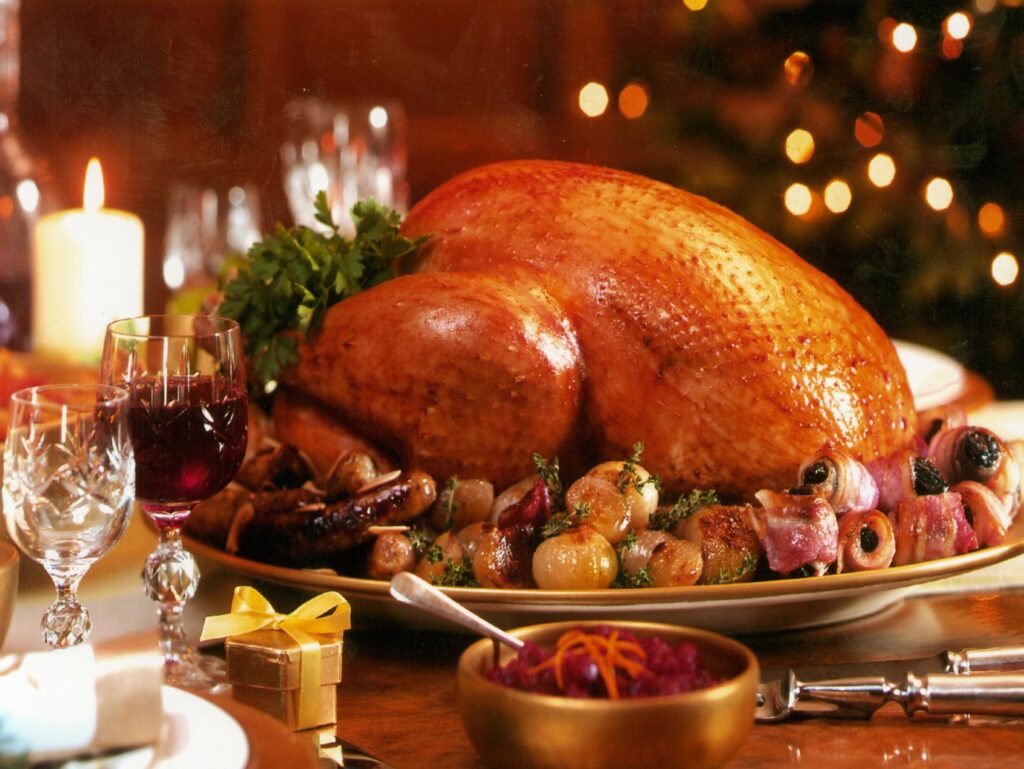
SCOTTISH CHRISTMAS DINNER:
Cock-A-Leekie soup (fowl, leeks, rice), turkey, sage and onion stuffing, neeps (turnips), tatties (potatoes), brussel sprouts, peas and carrots, red wine gravy, cranberry sauce, black buns, Scottish shortbread, Cloutie dumpling, Tipsy Laird (Raspberry Trifle), Whiskey, and Drambuie.
